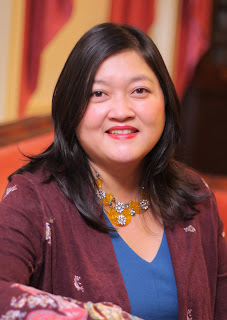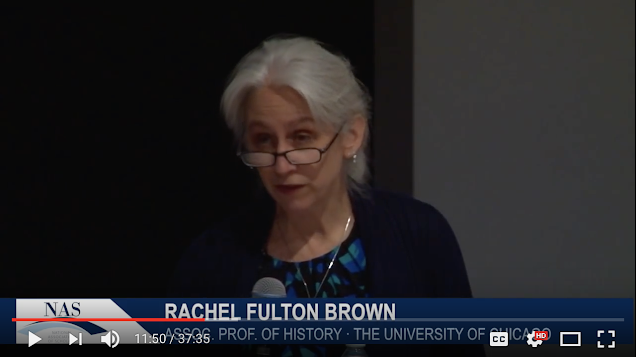Naming the Opposition
"One of the fertile sources of confusion in discussions of ideological issues is the dichotomy between the political left and the political right. Perhaps the most fundamental difference between the left and the right is that only the former has even a rough definition. What is called 'the right' are simply the various and disparate opponents of the left. These opponents of the left may share no particular principle, much less a common agenda, and they can range from free-market libertarians to advocates of monarchy, theocracy, military dictatorship or innumerable other principles, systems, and agendas.
"To people who take words literally, to speak of 'the left' is to assume implicitly that there is some other coherent group which constitutes 'the right.' Perhaps it would be less confusing if what we call 'the left' would be designated by some other term, perhaps just as X. But the designation as being on the left has at least some historical basis in the views of those deputies who sat on the left side of the president's chair in France's Estates General in the eighteenth century [e.g. Maximilien "Terror-is-only-justice-prompt,-severe-and-inflexible" Robespierre]. A rough summary of the vision of the political left today is that of collective decision-making through government, directed toward--or at least rationalized by--the goal of reducing economic and social inequalities. There may be moderate or extreme versions of the left vision or agenda but, among those designated as 'the right,' the difference between free market libertarians and military juntas is not simply one of degree in pursuing a common vision, because there is no common vision among these and other disparate groups opposed to the left--which is to say, there is no such definable thing as 'the right,' though there are various segments of that omnibus category, such as free market advocates, which can be defined."
--Thomas Sowell, Intellectuals and Society, rev. ed. (New York: Basic Books, 2011), chapter 6.
Okay, things are starting to make a bit more sense....
"To people who take words literally, to speak of 'the left' is to assume implicitly that there is some other coherent group which constitutes 'the right.' Perhaps it would be less confusing if what we call 'the left' would be designated by some other term, perhaps just as X. But the designation as being on the left has at least some historical basis in the views of those deputies who sat on the left side of the president's chair in France's Estates General in the eighteenth century [e.g. Maximilien "Terror-is-only-justice-prompt,-severe-and-inflexible" Robespierre]. A rough summary of the vision of the political left today is that of collective decision-making through government, directed toward--or at least rationalized by--the goal of reducing economic and social inequalities. There may be moderate or extreme versions of the left vision or agenda but, among those designated as 'the right,' the difference between free market libertarians and military juntas is not simply one of degree in pursuing a common vision, because there is no common vision among these and other disparate groups opposed to the left--which is to say, there is no such definable thing as 'the right,' though there are various segments of that omnibus category, such as free market advocates, which can be defined."
--Thomas Sowell, Intellectuals and Society, rev. ed. (New York: Basic Books, 2011), chapter 6.
Okay, things are starting to make a bit more sense....





The chief problem with any such analysis is that a left/right axis simply isn't sufficient to describe all flavours of politics. There have been many attempts - see Wikipedia / Political spectrum http://en.wikipedia.org/wiki/Political_spectrum - to devise biaxial spectra that are more descriptive.
ReplyDeleteAnother problem is the tendency to see it through a local filter. Probably the majority view outside the USA is that Republican and Democrat - seen as diametrically opposed within the USA - look like mildly different flavours of Right, sharing one characteristic of the Right: an authoritarian reverence for core traditional political and social fixtures.
The Wikipedia article is very interesting, thanks! It reminds me of Bourdieu's charts in Distinction where he is trying to map out the social spectrum.
ReplyDelete